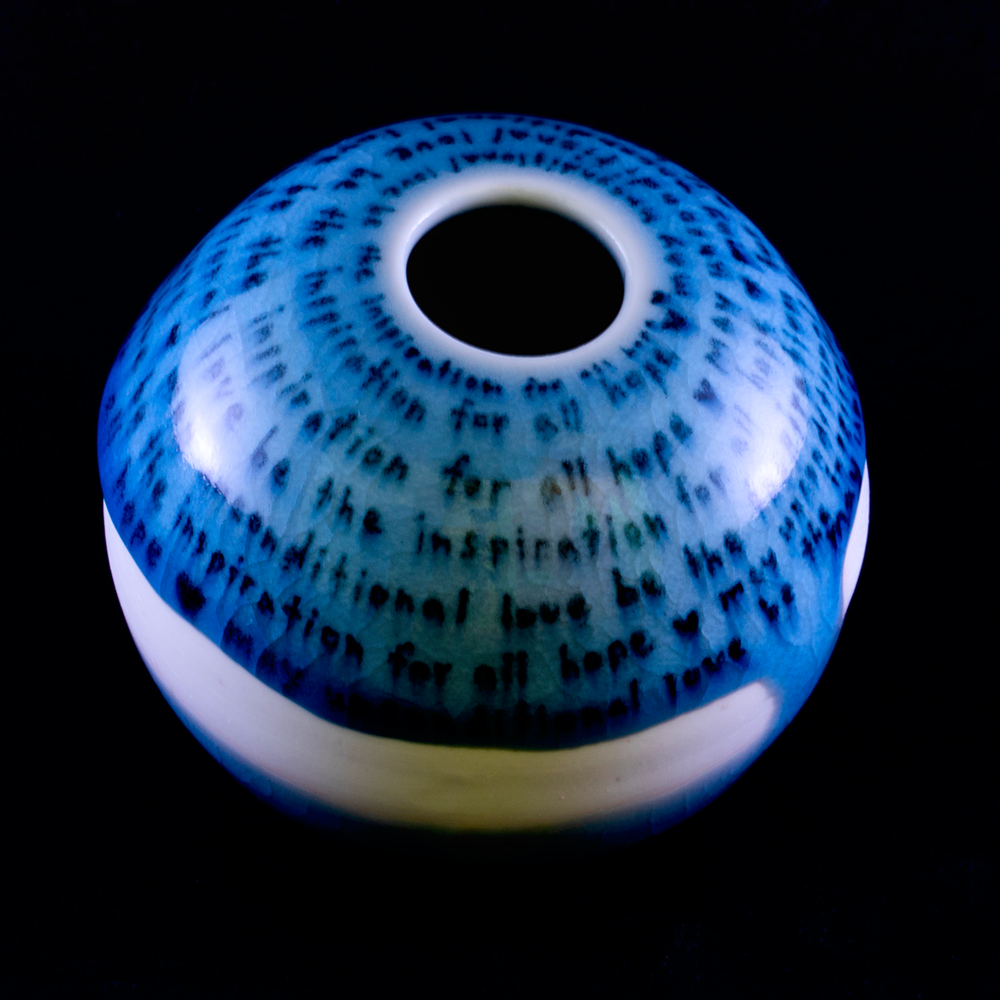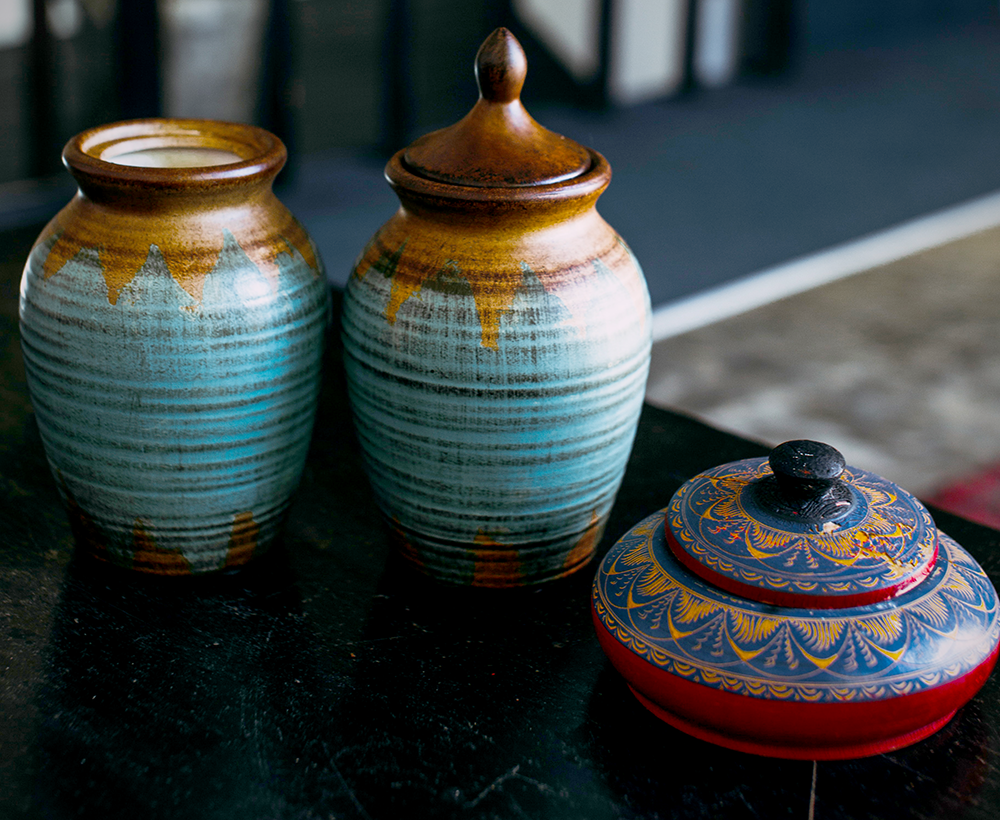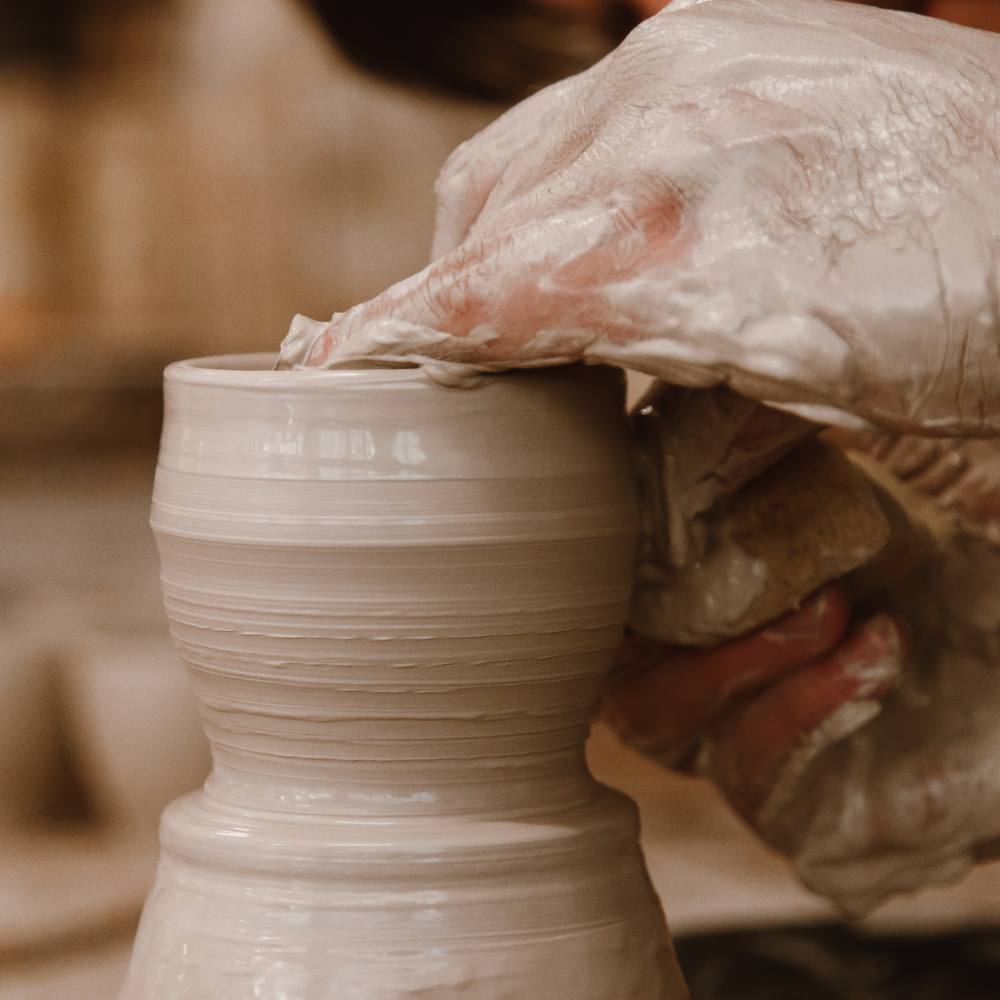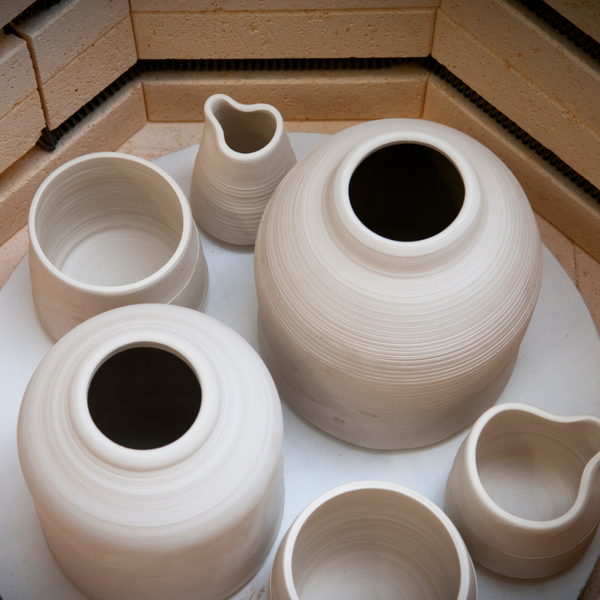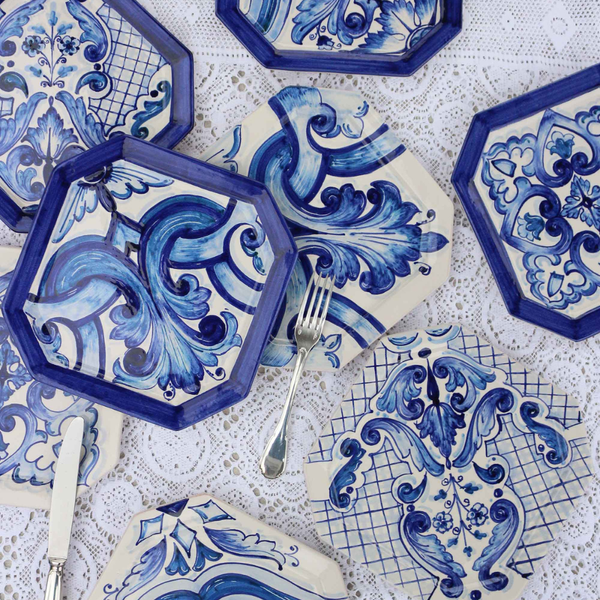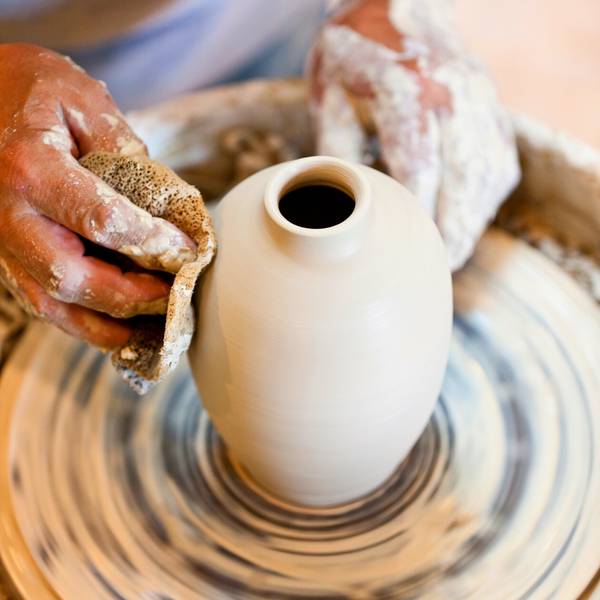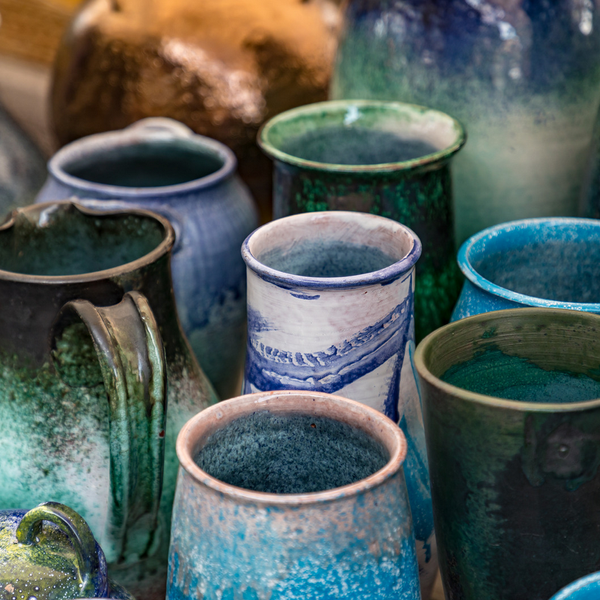The world of ceramics is a wonderful way to express your creativity and personal style.
Ceramics can be a challenging and rewarding craft - whether you're a seasoned expert or just starting out.
Whatever your skill level, there is always more to discover and learn.
From hand-building to wheel-throwing, the world of ceramics is both vast and exciting.
However, like any craft, there are tips and tricks that can make the process a lot easier.
We’re here to help you sharpen your skills and get the most out of your ceramic creations.
From pottery tools to techniques, we'll walk you through some of the best ceramics tips to help you improve your skills and create beautiful pieces.
In no time at all you’ll be dreaming up beautiful pieces destined for gallery walls.
So, get ready to take your home studio by storm – creative crafting is just around the corner!
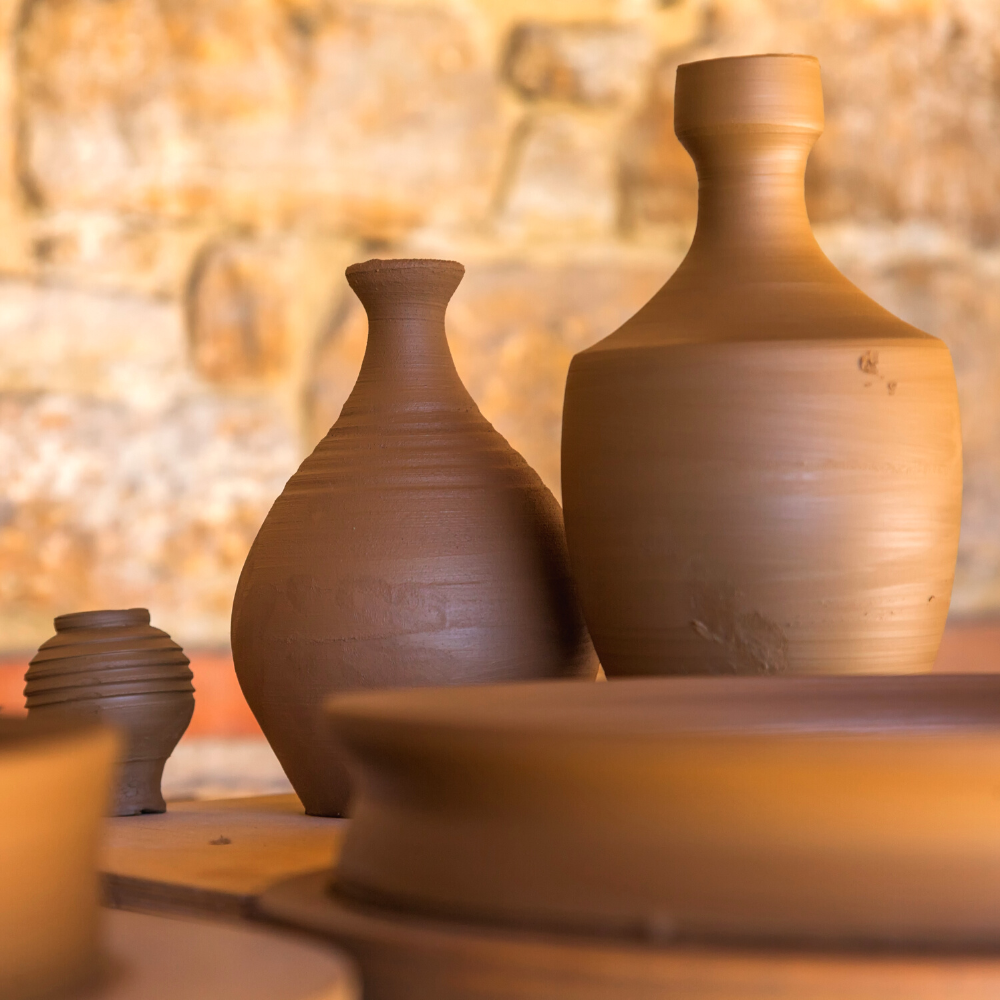
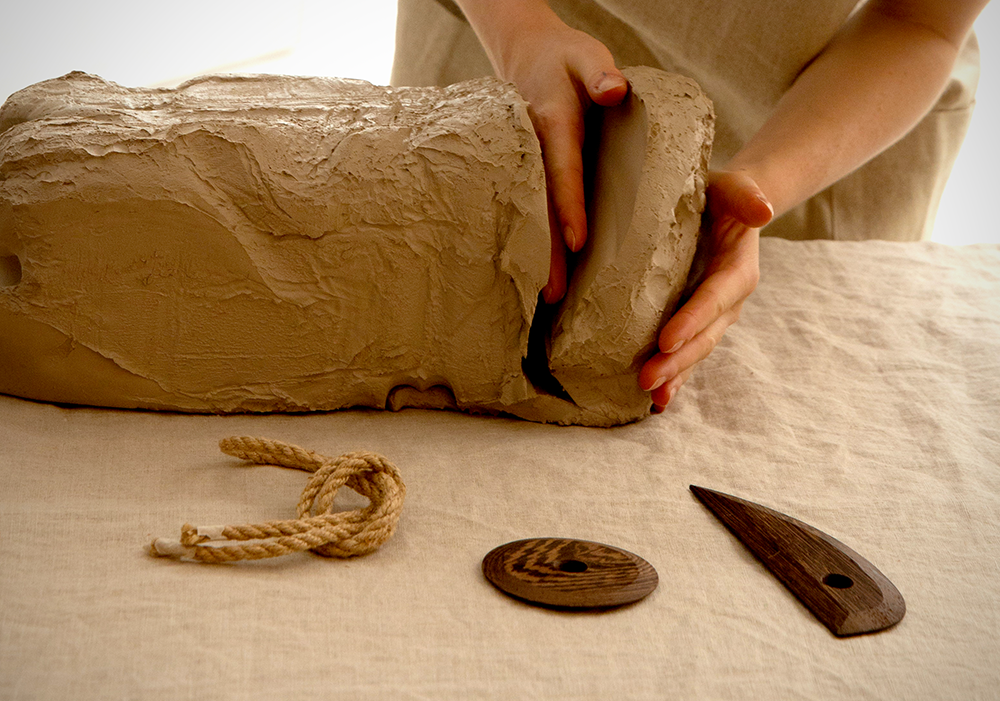
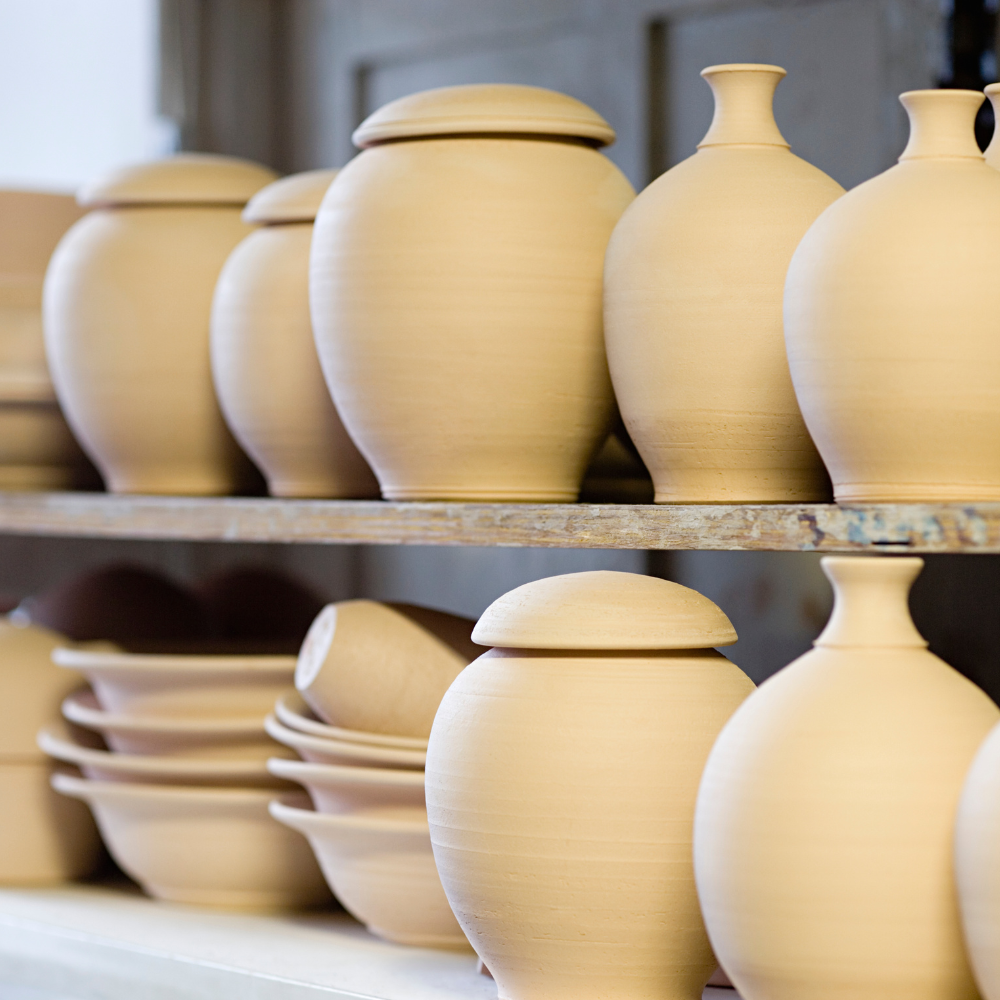
Ceramics Basics
Ceramics is a versatile and engaging art form that has been used for centuries to create functional and artistic objects.
To get started, it’s important to understand the basics of ceramics.
The first step is to determine what type of pottery clay you’ll use: stoneware, porcelain, or earthenware.
Each type of clay has its own unique properties and will require different techniques and tools to use.
Ball clay and fire clay are the most commonly used but there are many other options available.
There are also other clays, such as air dry clay, which can be used for projects that don’t require a kiln.
Understanding what type of clay you're working with is important if you want to make the most out of your ceramics pieces.
Take the time to experiment with different clays and see how they respond to your techniques.
Once you’ve chosen your clay, it’s time to start crafting, but don't forget to wedge your clay to remove any air pockets from the clay particles.
Wedging clay is a must for quality ceramics and will help ensure your pieces turn out as strong and beautiful as possible.
You can make anything from a small bowl to an intricate sculpture with your pottery skills, but the basics remain the same.



Investing in the Right Tools
Ceramics is a wonderful and versatile art form that requires a lot of tools to get started.
Incorporating a variety of tools and techniques can breathe new life into your ceramics work.
Investing in good quality tools can make all the difference when it comes to ceramics.
The right tools can improve your precision, accuracy, and even speed up the process of creating your pieces.
From a high-quality pottery wheels to brushes and carving tools - research and invest in the best that you can afford.
It will save you time and money in the long run.
It's also important to take care of your tools so they will last longer.
Always remember to keep your tools clean and organized, so that they’ll be ready to use when you need them.
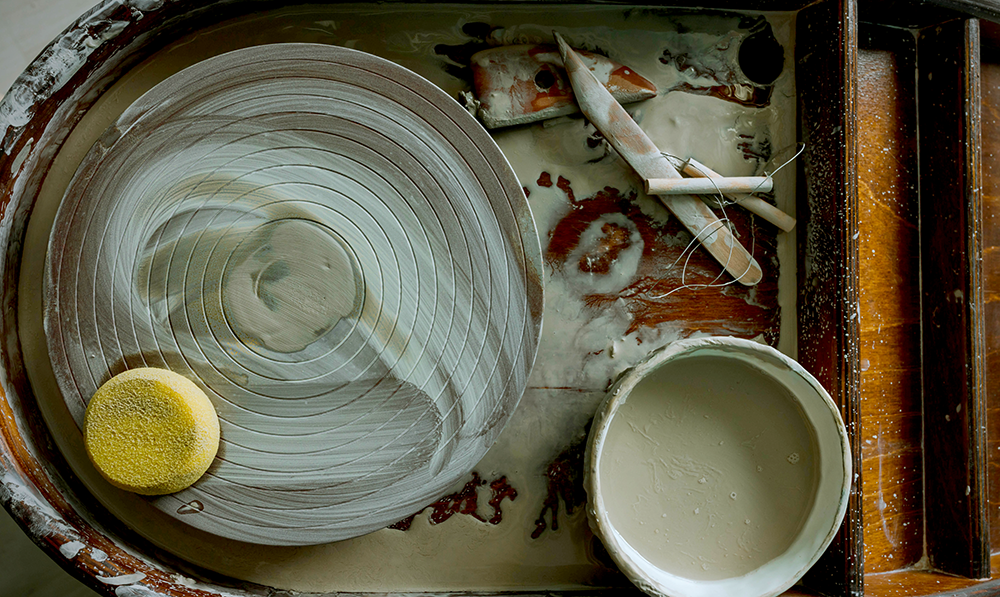

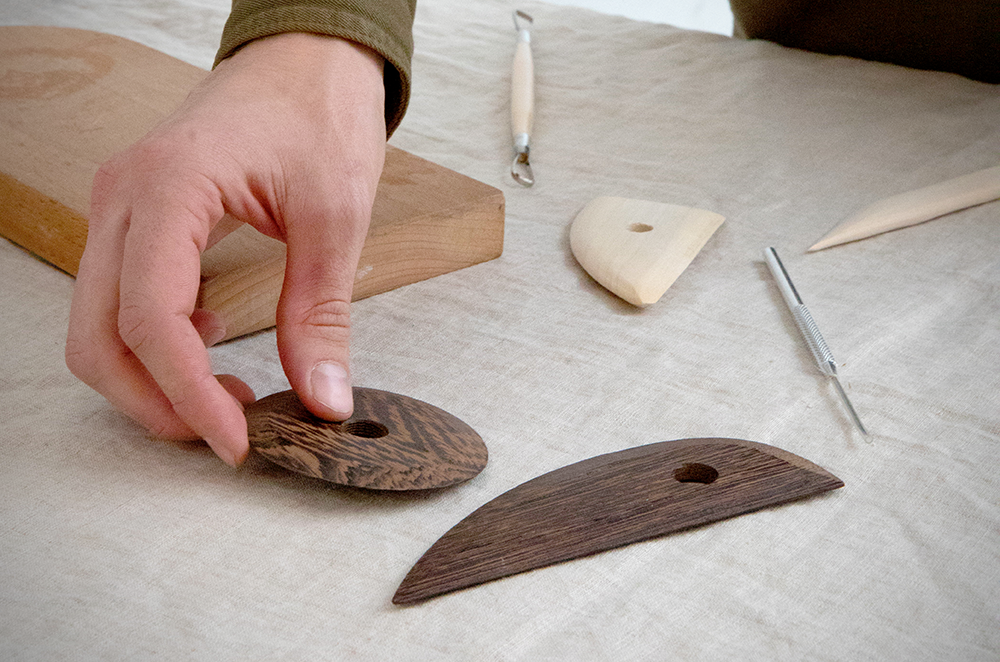
Clay Consistency
One of the most important things to understand when it comes to ceramics is clay consistency.
As you work with clay, it can dry out quickly, making it harder to manipulate.
It's important to keep your clay fresh and moist, so it's easier to work with.
To keep your clay fresh, store it in an airtight container and add a small amount of water when necessary.
You can also use a damp sponge to keep your work surface moist and make it easier to work with the clay.
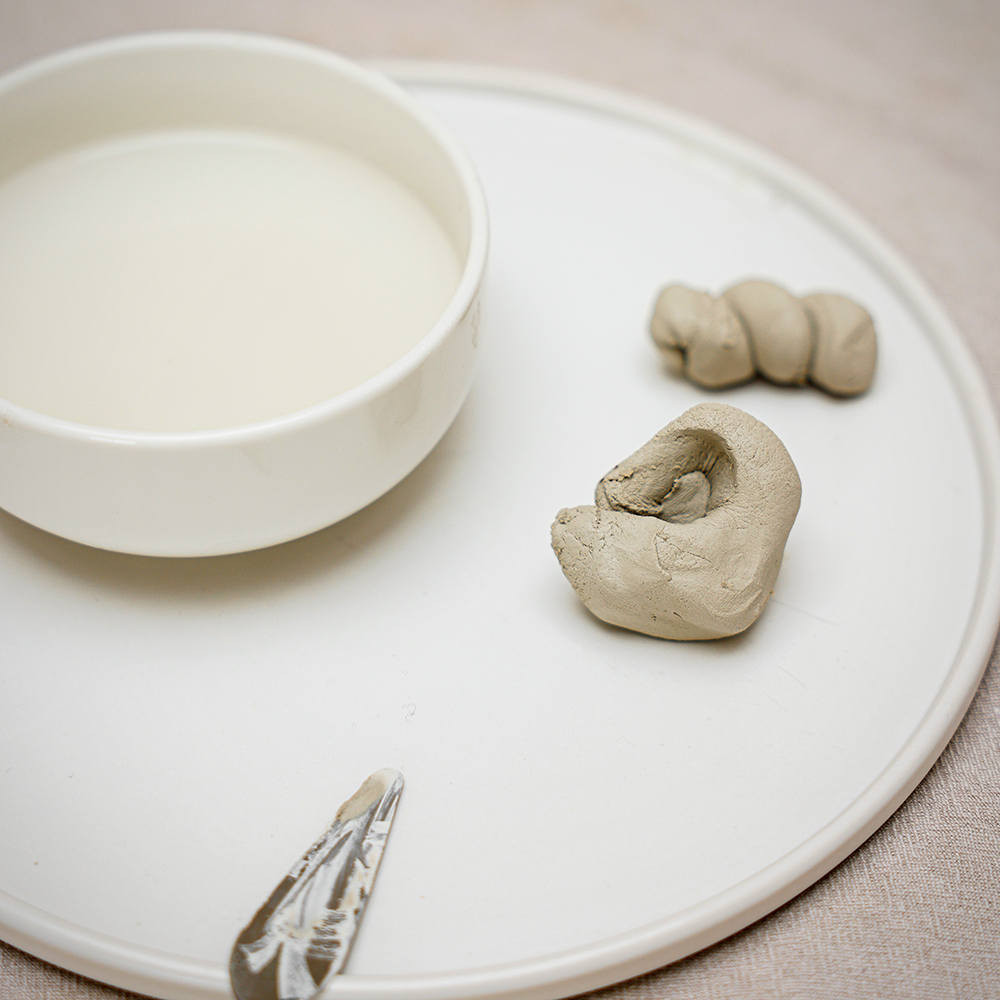


Hand Building vs. Wheel Throwing
When it comes to ceramics, there are two main methods of creating your pieces: hand building and wheel throwing.
Hand building is the process of forming pieces with your hands, while wheel throwing requires the use of a pottery wheel.
A few basic wheel techniques include centering, opening, and lifting; with time and practice, you'll be able to experiment with creating more complex forms.
When throwing pottery, the wheel head should move at a consistent speed, and the throwing clay must be centered on the wheel.
The pottery wheel will spin clay into shape, and then the piece can be finished with carving, sculpting, and trimming tools.
Both methods can be used to create beautiful pieces, but each has its own set of techniques and skills.
If you're just starting, invest in a beginner's pottery class, so you can get familiar with both methods.
This will help you figure out which method works best for the types of pieces you want to create and to help you see which one you enjoy the most.
Each method has its own benefits, so find the one that suits your creative style best.
Consider altering your forms by hand after wheel throwing, mixing techniques, or trying new tools like draping or hand-building to see what works.
These techniques can produce unique and interesting shapes that elevate your work to the next level.
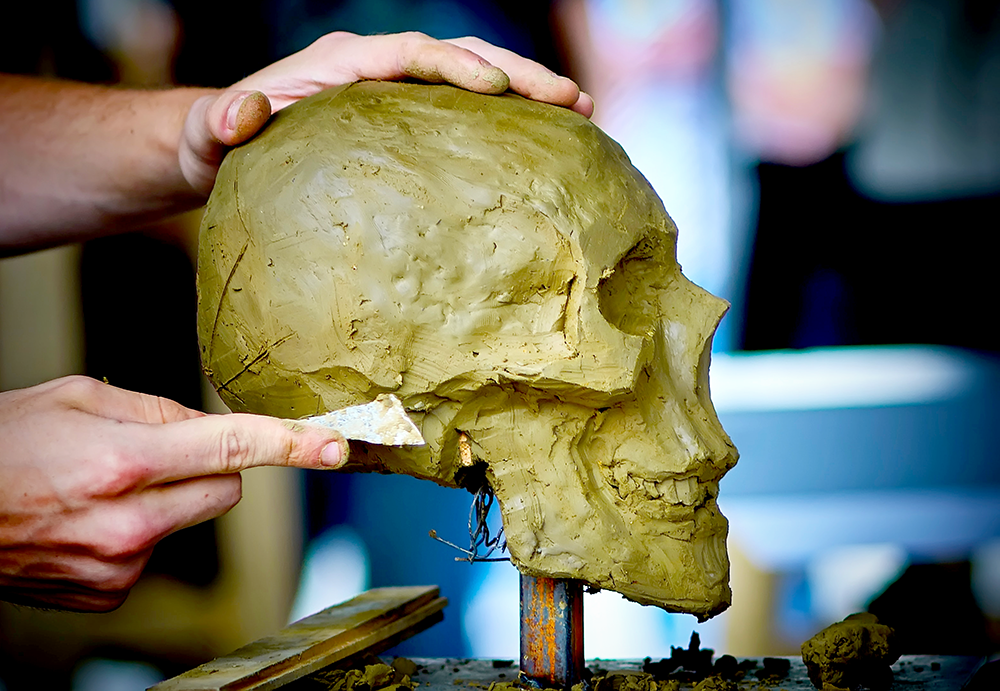
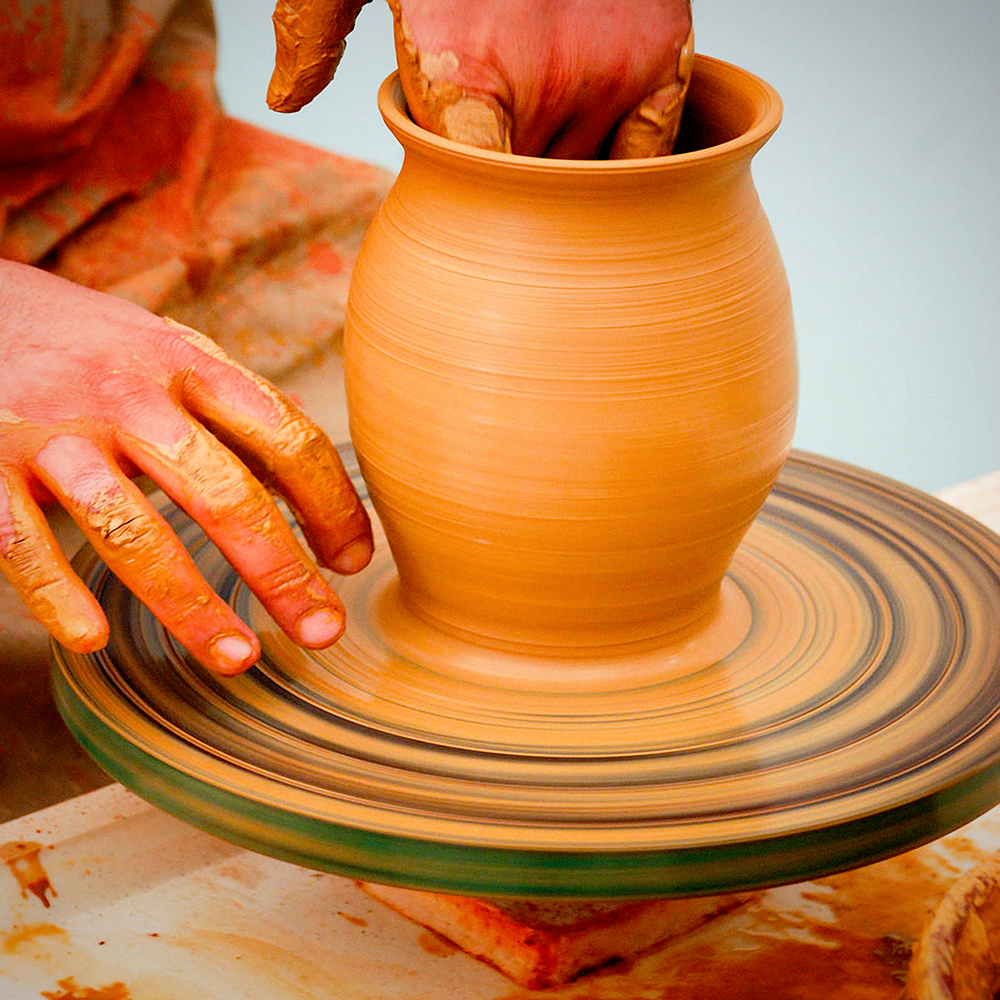

Take Care When Drying and Firing
The process of drying and firing ceramics is a delicate one that requires precision and an understanding of the drying conditions.
Pay attention to the humidity and the heat in your workspace to ensure your pieces dry and fire properly.
Proper drying and firing can also prevent cracking or warping of your finished pieces.
Once your pieces are dry, it’s time to fire them.
This is an essential step in the ceramics process, as firing helps to strengthen and harden the clay, giving it a unique finish.
Always follow your kiln manufacturer’s instructions when you fire pottery.
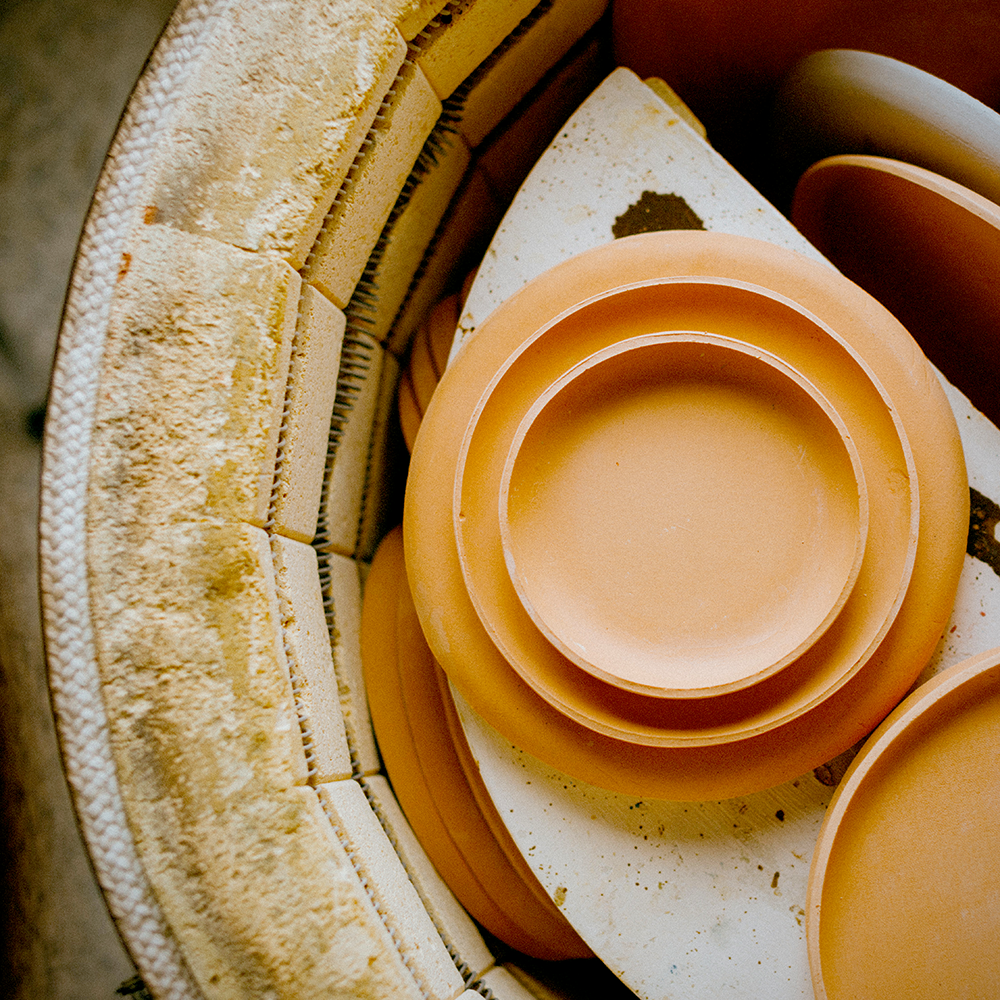
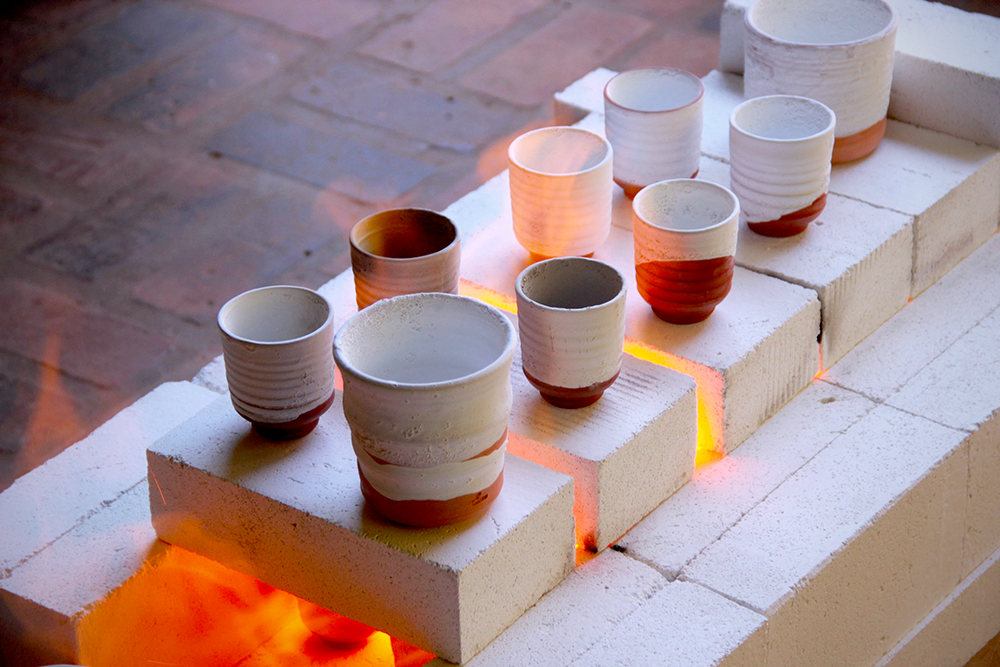

Play with Glazing
Glazes can transform your pieces and add a whole new dimension to your work.
Glazing can be a game-changer for any ceramics piece, so do your research about different glazes, and experiment with different colors and finishes.
Some glazes will offer a glossy finish while others will provide a matte finish.
Keep in mind that different clay types will respond differently to the glaze firing process, so be sure to test your glaze on your clay first.
When you decorate pottery, take time to experiment with different glazes and techniques to find what works for you.
Mixing and layering different glazes can create unique effects that are truly beautiful.
You can also try using different firing temperatures to achieve different hues and finishes.
Keep an open mind and have fun with it - be adventurous and don't be afraid to experiment when it comes to glazing pottery, so that you can create something truly unique.
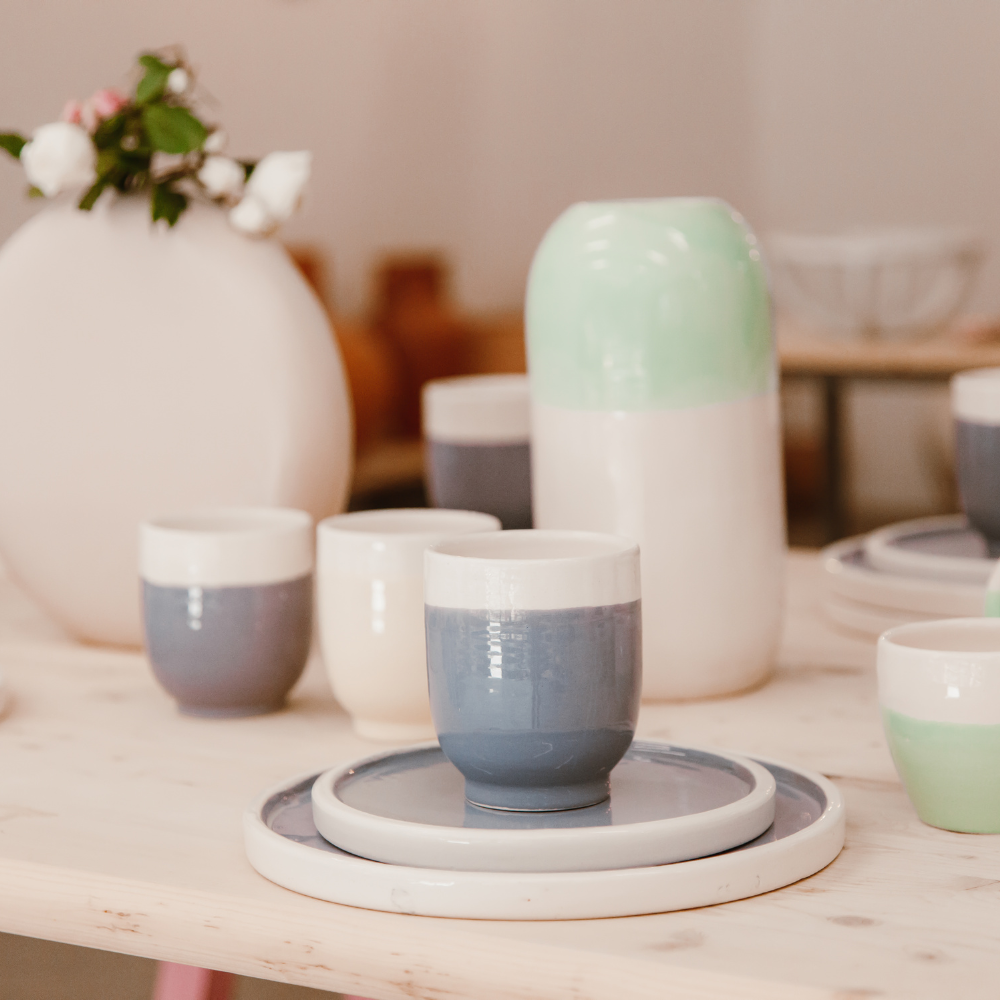
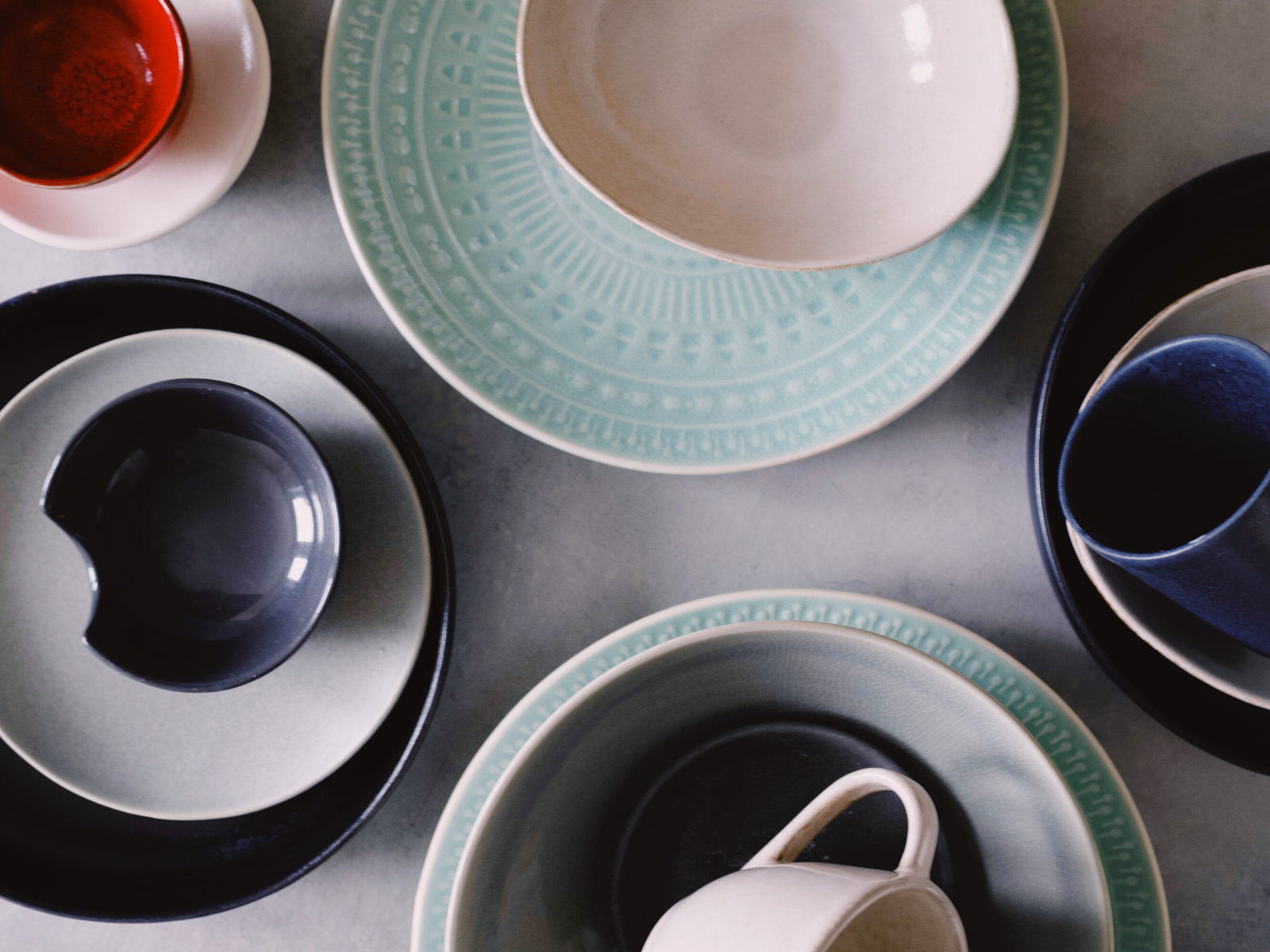

Incorporate Texture
Adding texture to your pieces can create a unique and visually appealing effect.
Consider using tools like stamps, carving tools, or even baking soda to add bumps or other shapes.
You can also try using lace, leaves, or other materials to imprint interesting patterns onto the clay.
Texture is a great way to add interest to your pieces and make them stand out from the crowd.
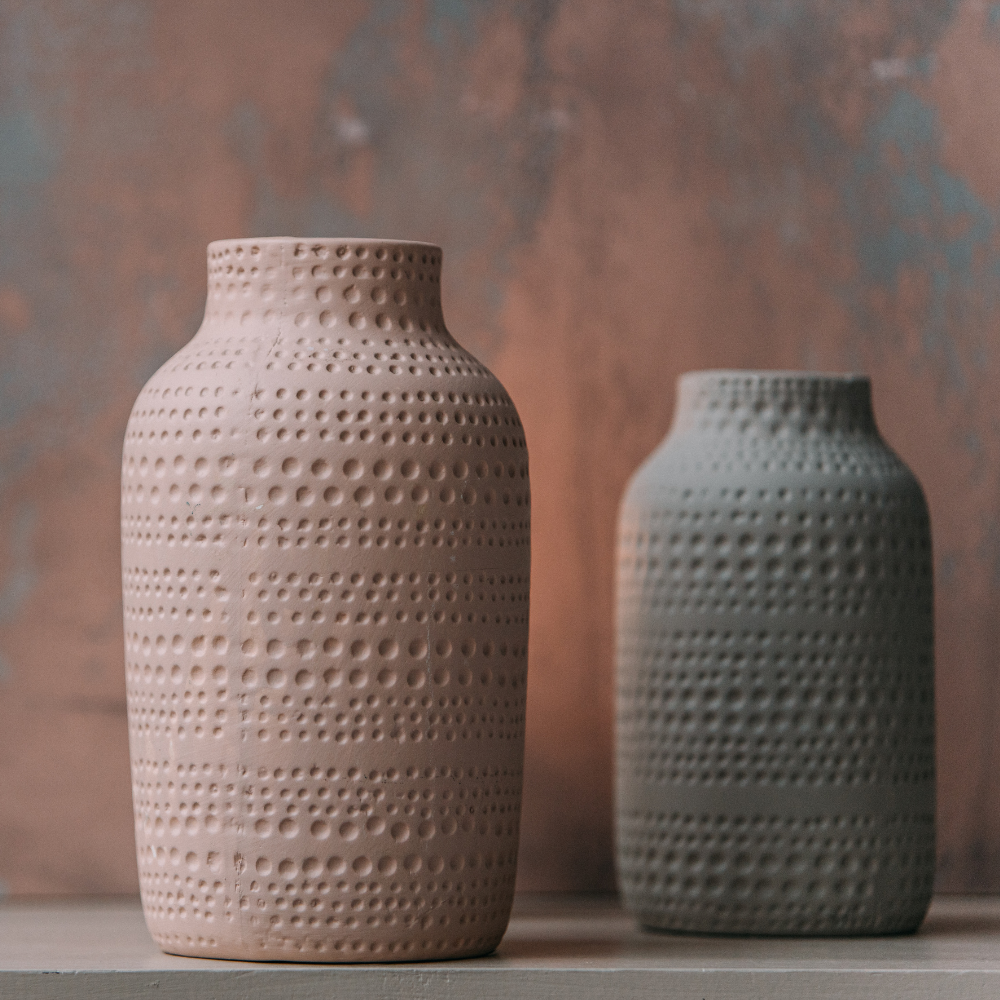

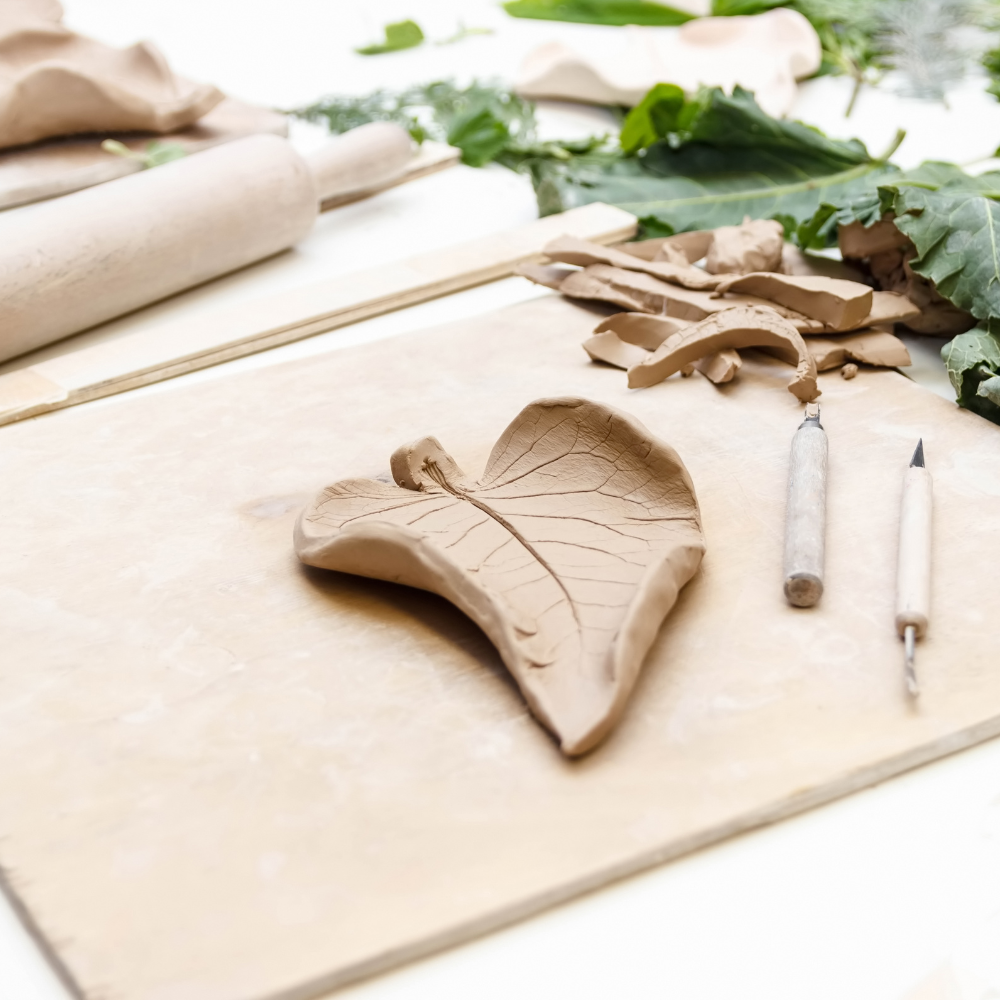
Make Multiple Pieces
If you are passionate about ceramics, you should consider creating multiple pieces at once.
This will not only improve your overall skills, but it will help you develop a consistent style and finish a larger number of pieces.
Making multiple pieces will also give you the opportunity to experiment with different glazes, designs, and techniques, so that you can find something that speaks to your creative style.


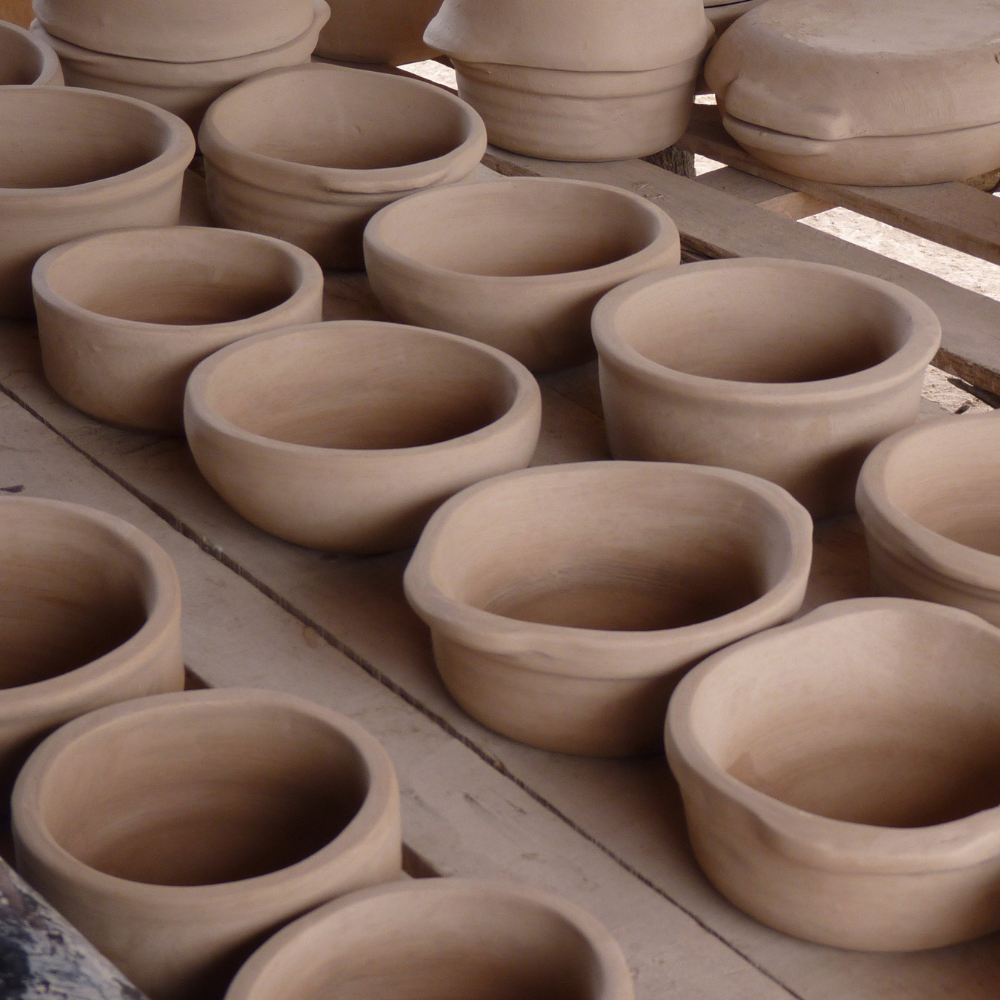
Add Extra Detail
Adding detail to your pieces can make them stand out even more.
Consider adding extra decorations or using multiple layers of glaze to create interest, contrast, and dimension on your ceramics pieces.
Using different tools and techniques to add texture, color, or pattern can also make your piece more interesting.
No matter what technique you use, having a unique and beautiful piece will surely set your work apart from the rest.


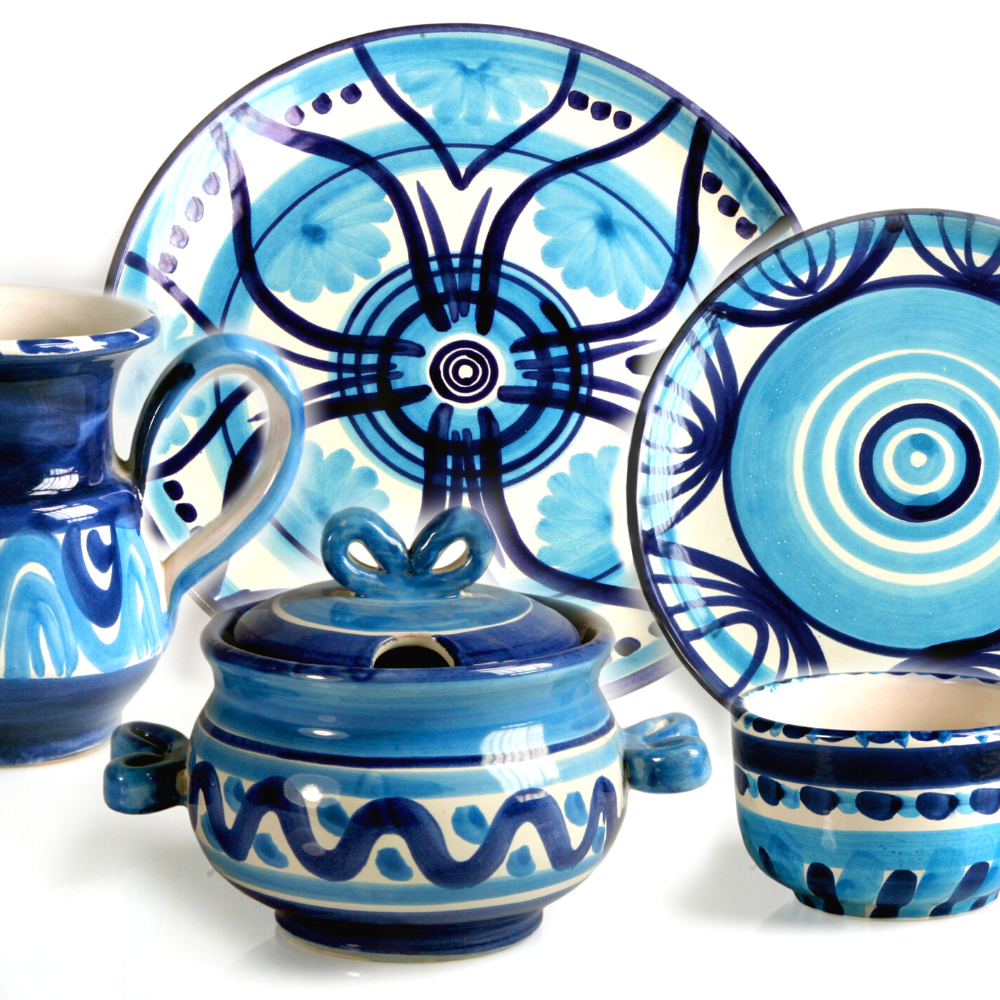
Don't Be Afraid to Incorporate Mixed Media
Mixed media can be a great way to enhance and change up your ceramics work.
Mixed media is the process of combining different art forms, such as painting or metal, with another media.
This can add texture and color to your pieces and make them stand out.
You can also use mixed media to create interesting designs or patterns that will add extra character to your work.
Consider incorporating elements, like metal, fabric, or found objects, into your pieces to add additional visual interest.
This can be a fun and creative way to get out of your comfort zone and add interesting elements to your work.
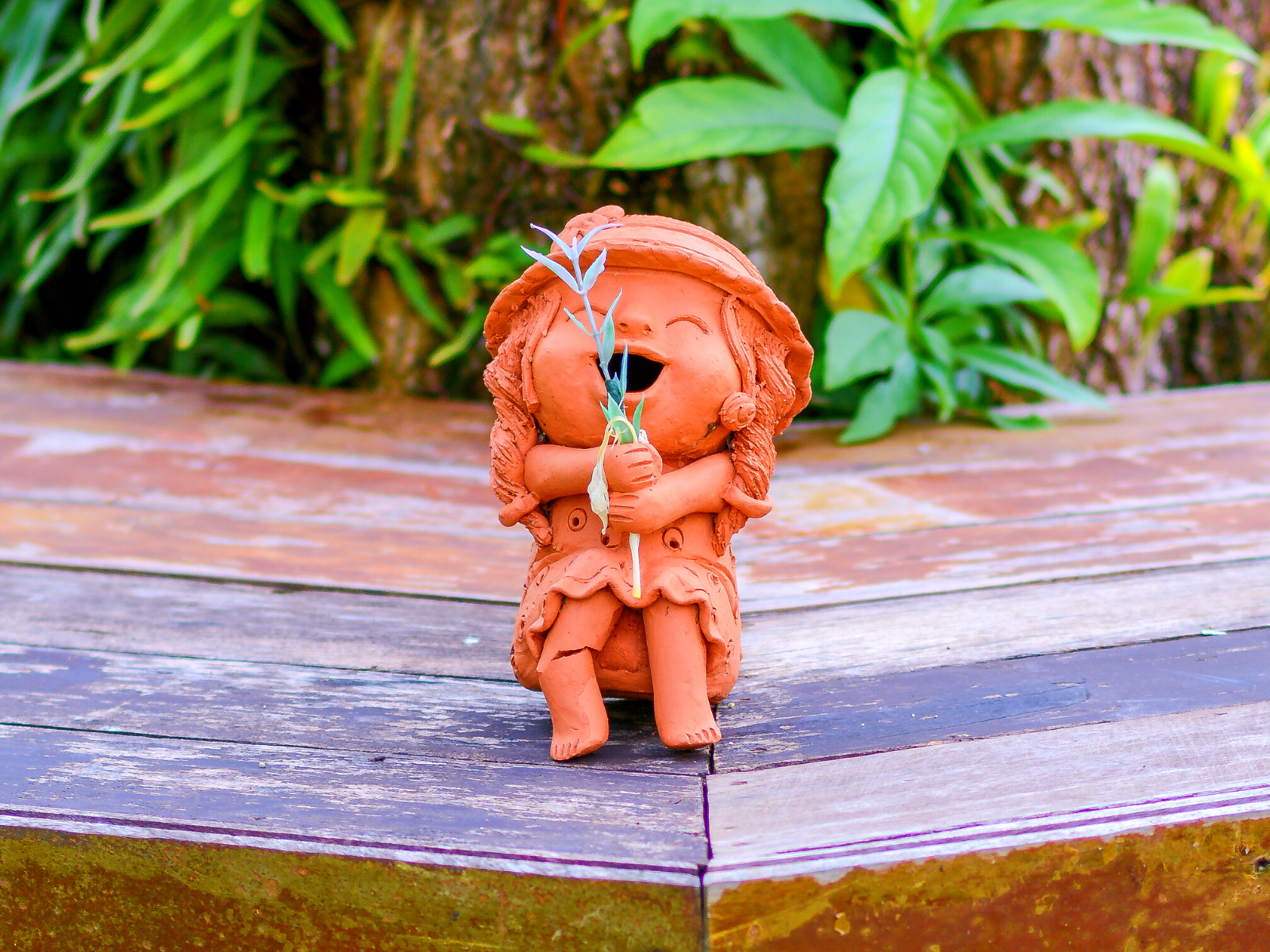


Document Your Process
Keeping a visual record of your process is a great way to track your progress and see how far you've come.
Take pictures of your work at different stages, or start a sketchbook to document your ideas, inspirations, and techniques.
This can help you remember what worked and what didn't, so that you can come back to them in the future.
Documenting your process with an art journal or sketchbook can also be a great source of inspiration for your next project.



Experiment and Embrace Imperfection
Ceramics is an art form that allows for experimentation and creativity.
Don't be afraid to try out new techniques and ideas.
Set aside time for trying new things in between your more serious clay projects.
One of the most beautiful things about ceramics is the imperfections.
Each piece is unique, with its own character and style.
Embrace the imperfections and celebrate the beauty of handmade pieces.
It's the imperfections that give ceramics their charm and character.
Remember, even the smallest details can make a big difference in the final product.
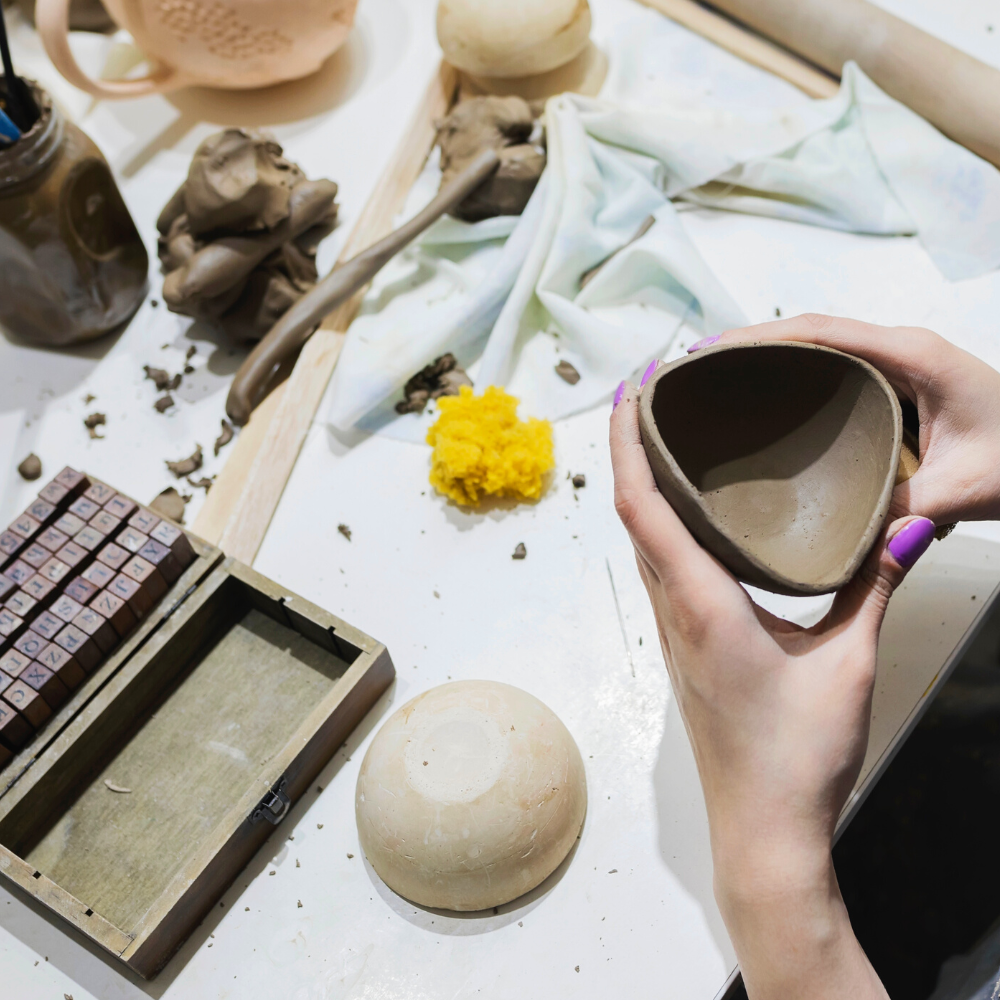

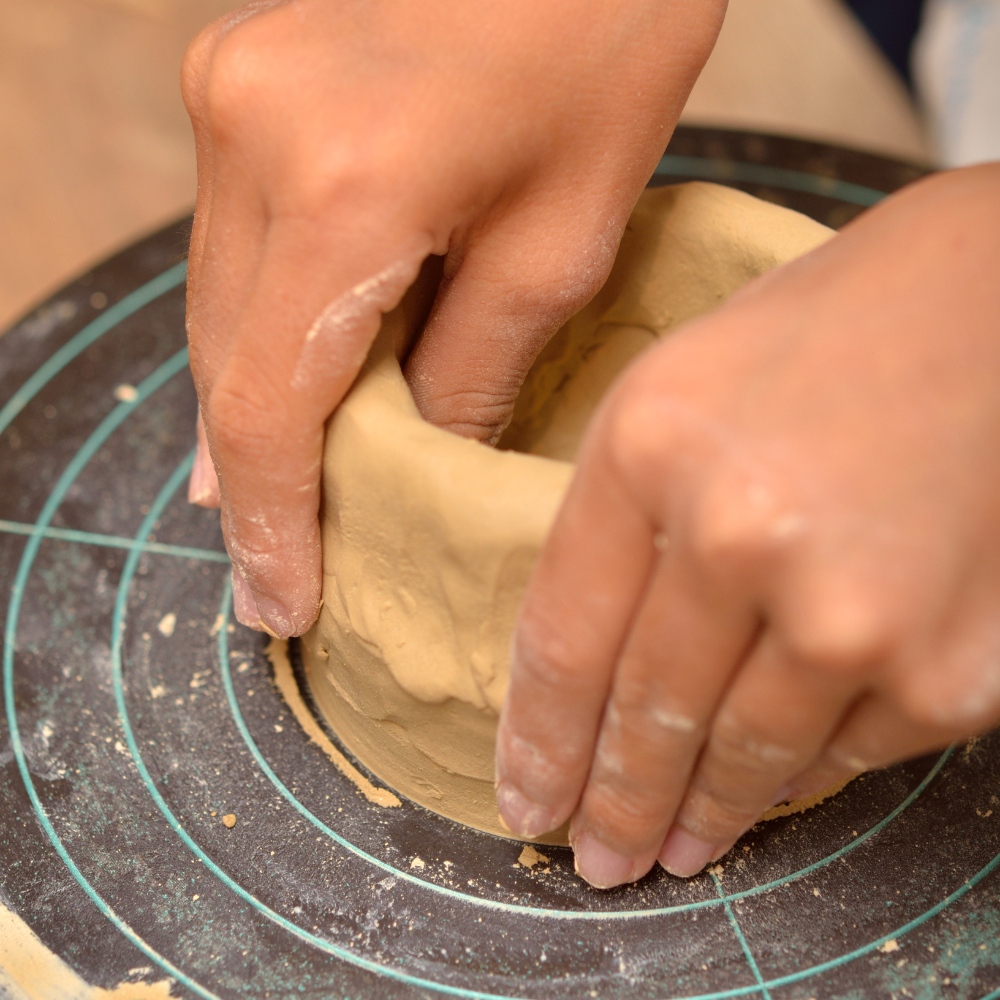
Be Patient and Practice
Ceramics can require a lot of patience, as pieces need to be carefully planned and executed with attention to detail.
Don't rush through the process or you might end up with a piece that's lacking in quality.
Take the time to plan and practice, so that you can create beautiful and unique pieces.
Remember, mastering the art of ceramics takes time and practice, so don’t be discouraged if your first pieces don't turn out as you had hoped.
The key to improving your ceramics skills is consistent practice.
Make it a point to practice your crafts every day, and be open to learning from your successes and failures.
Practice makes perfect, and this applies to ceramics too.
Take the time to improve your techniques - from hand-building to wheel-throwing.
It's important to get a feel for the clay and experiment with different techniques.
You can even take inspiration from other artists - there are many resources available online, as well as workshops and classes in your local area that can help you sharpen your skills.
The more you practice, the better your pieces will become!
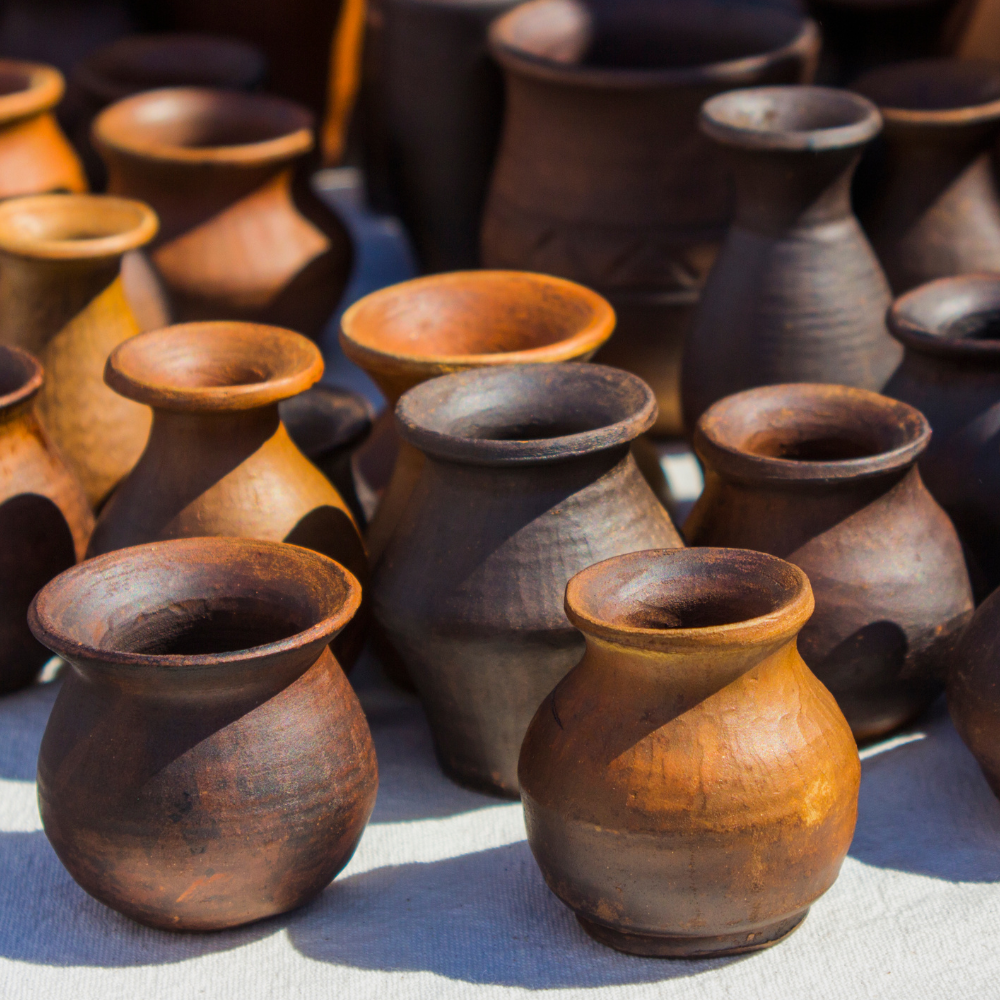

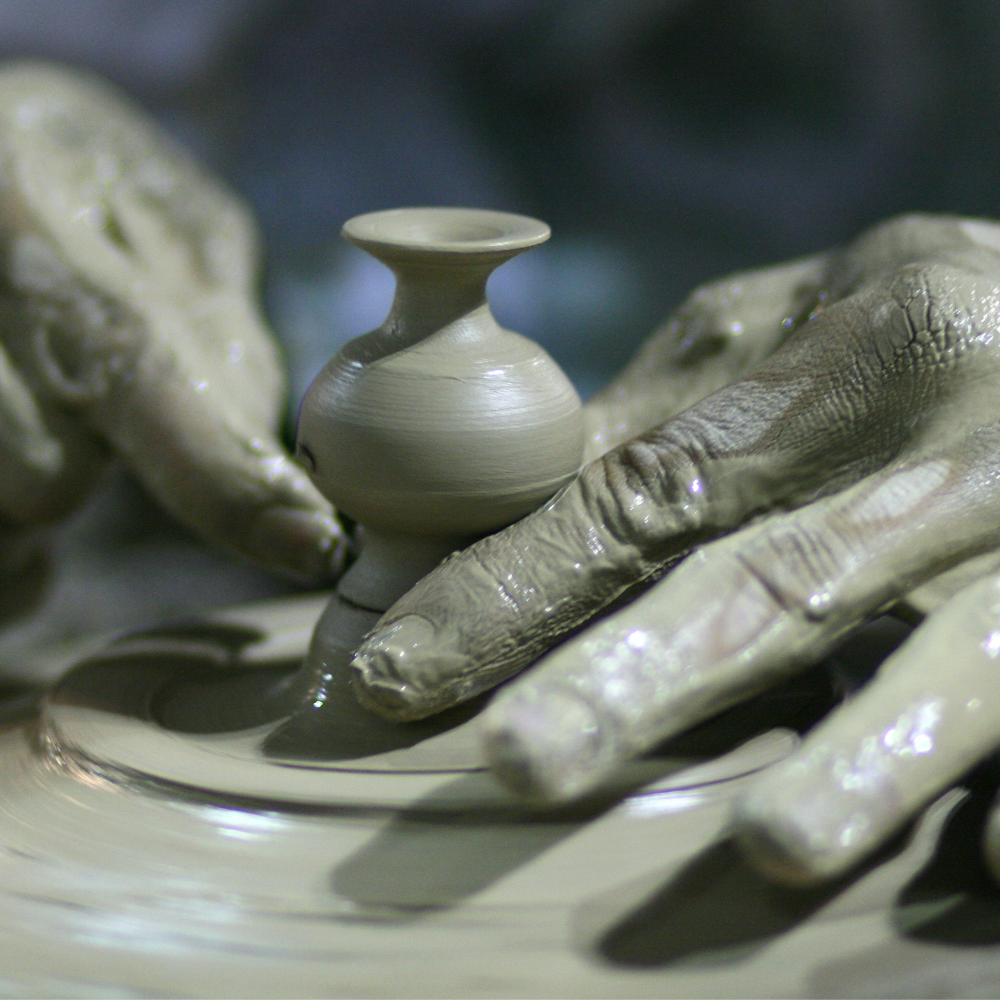
Join A Ceramics Group
Joining a ceramics group is a great way to network and connect with other like-minded artists.
They can also offer additional tips and insights into specific techniques and skills.
This can be a great way to stay motivated and inspired, as well as a chance to learn from others.
You can also find support and inspiration from other artists in your area, or even online.
There are many groups and forums dedicated to ceramics that can offer advice and support.
Having a ceramic arts network can be incredibly helpful throughout your journey as an artist.
So, take the time to look for a group or forum that suits your needs and interests.
These tips should help you advance your ceramics skills to the next level.
Whether you're trying out new techniques, adding new visual elements to your work, or connecting with other artists, ceramics is a rewarding art form that is always worth exploring.
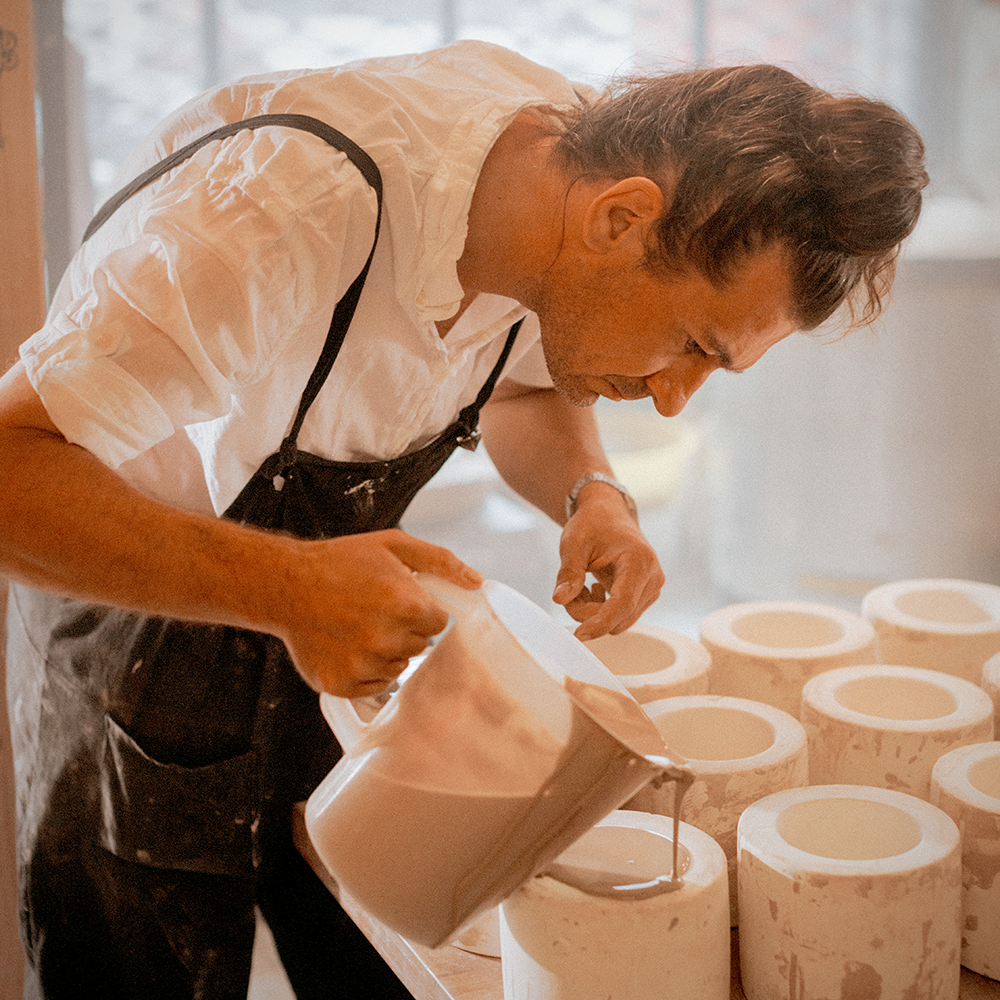
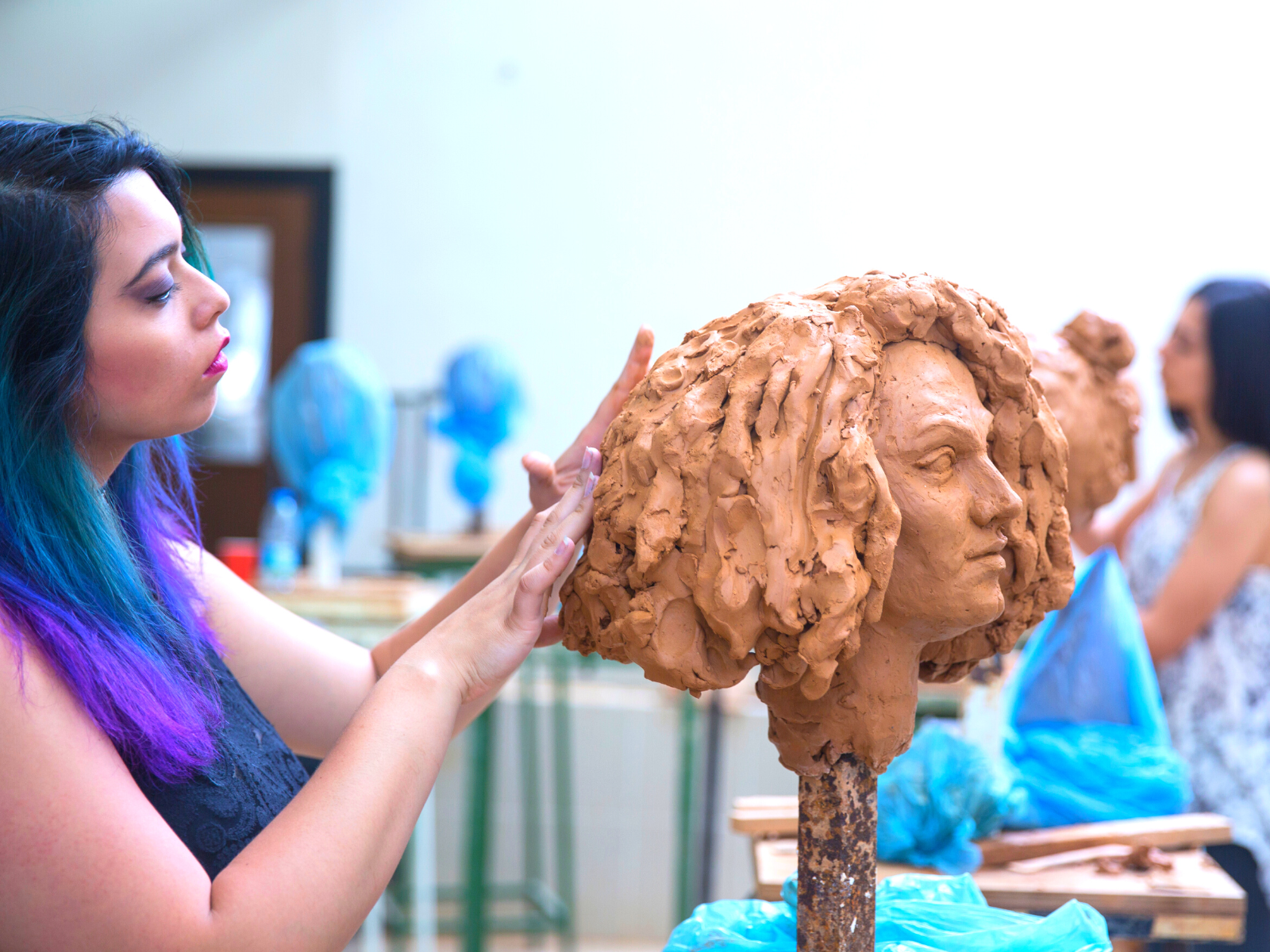
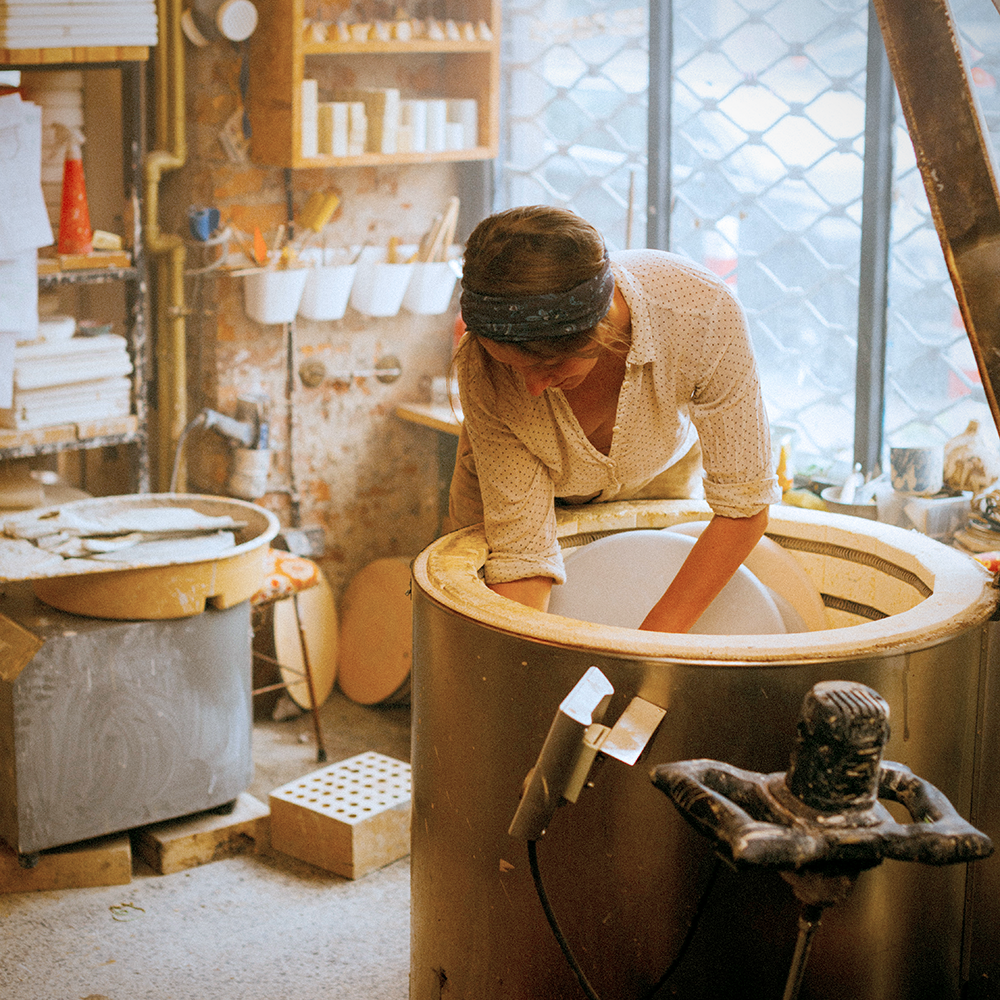
Creating Awesome Ceramics Projects
Ceramics is a beautiful and rewarding craft that can take a lifetime to master.
Whether you're just starting out, or you're a seasoned expert, there is always more to discover and learn.
By understanding the basics and investing in quality tools, you can begin your pottery journey to creating beautiful pieces.
With dedication, hard work, and a passion for the craft, you can create beautiful and unique pieces that are truly one of a kind.
Remember to research, experiment, and practice to develop your skills, but don’t forget to take the time to enjoy the process - be creative, have fun, and embrace mistakes!
Remember, the key to success in creating beautiful pottery is patience and practice.
So, have fun, experiment, and enjoy the journey because that is what makes ceramics and pottery truly special.
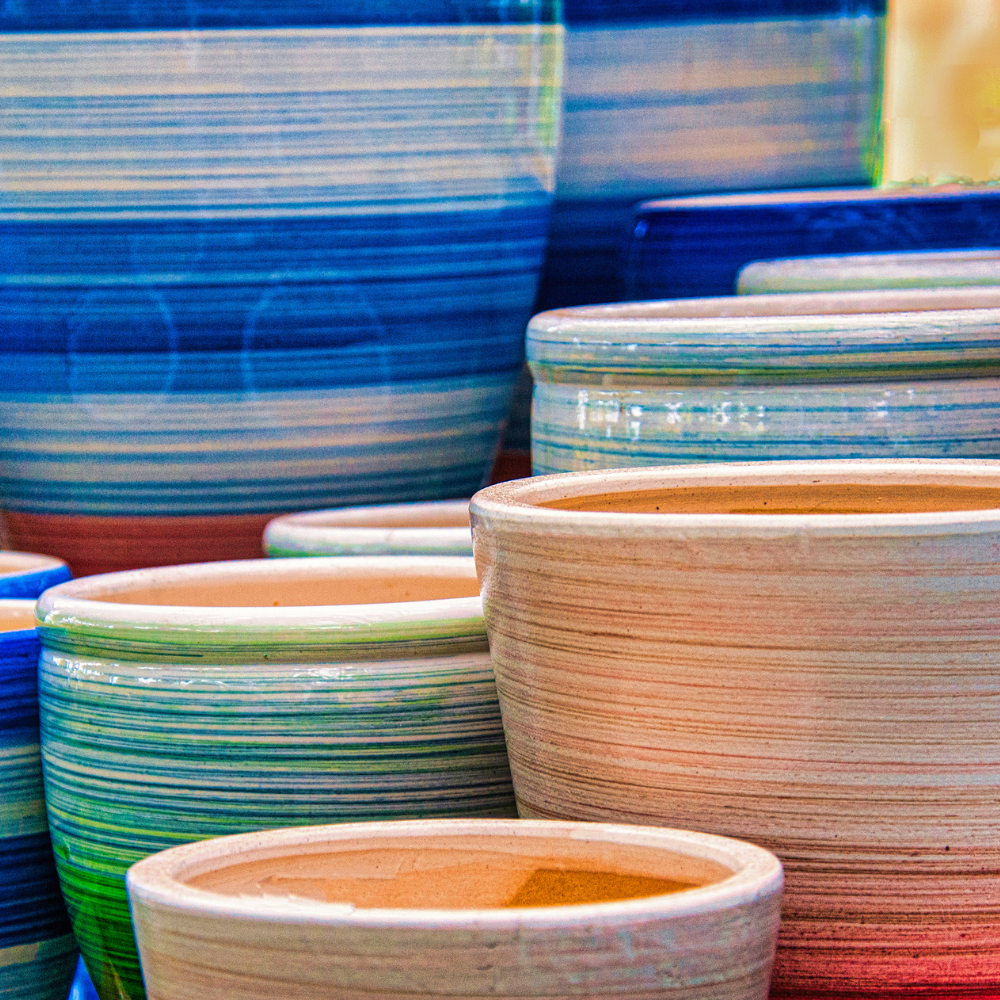

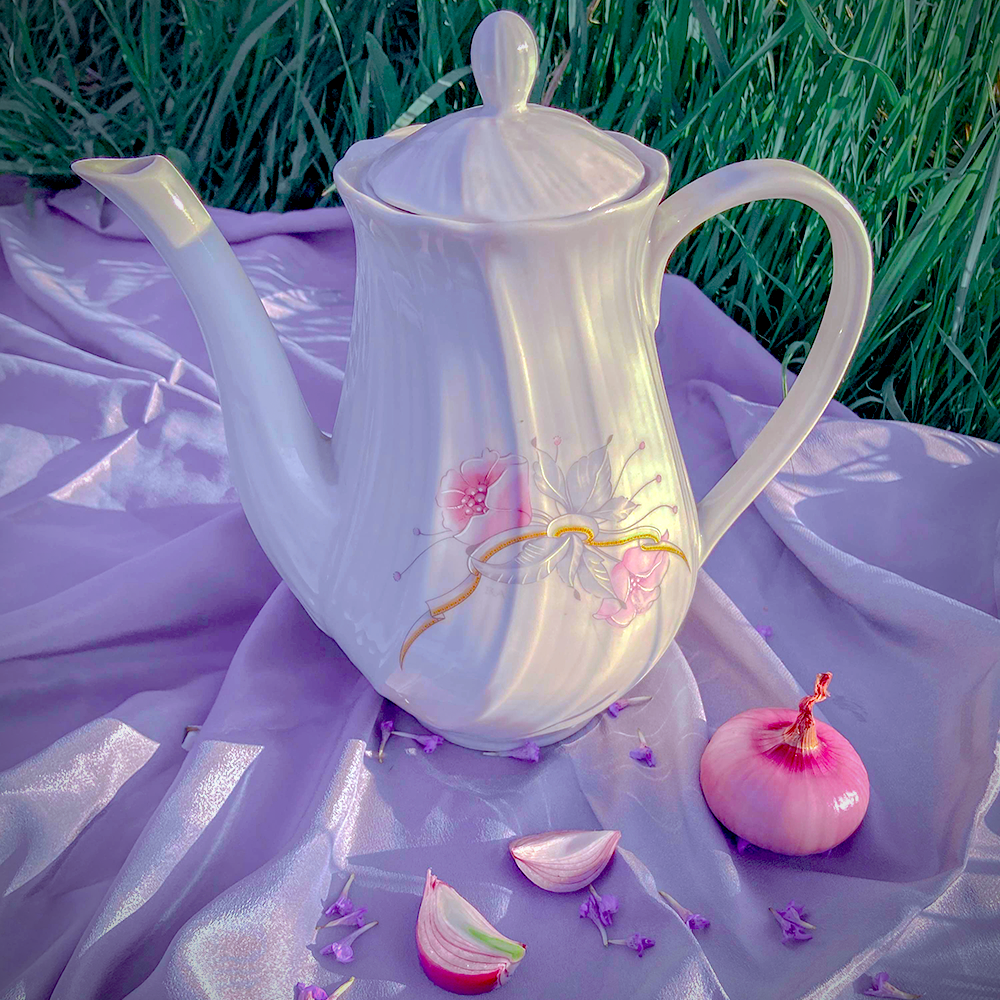
Eager to learn more about creating amazing ceramic pieces? Check out Little Street Pottery's video!
Want even more content about creativity and art?
Be sure to check out all of our creative chronicles!
Love pottery and working with clay?
Check out some of our other ceramic articles:
-What is the difference between ceramics and pottery?
